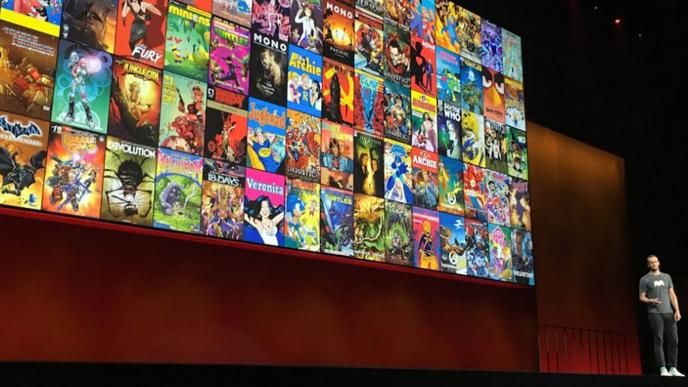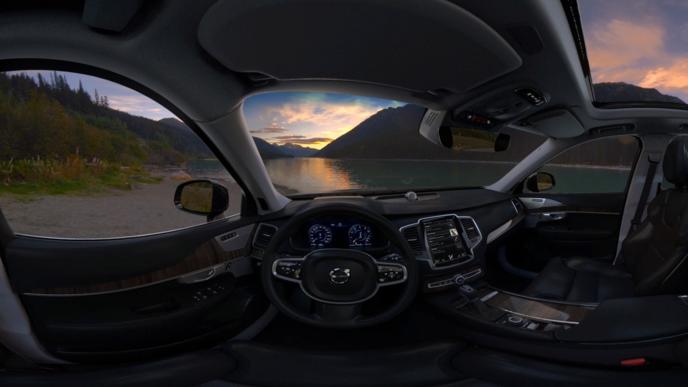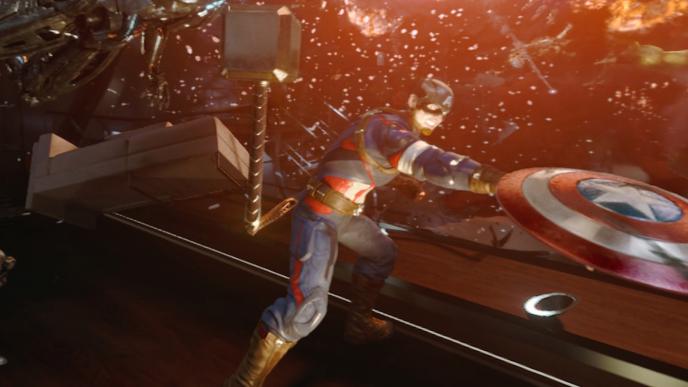
LUMEN
Step into the light with LUMEN, one of the original launch pieces of content for eminent media publisher Time Inc., and their new VR platform LIFE VR. LUMEN was created by Framestore’s award-winning VR Studio in collaboration with VR Neuroscience Advisor Walter Greenleaf, PhD Stanford University Virtual Human Interaction Lab. The experience is a self-guided, nonlinear meditation rooted at the intersection of virtual reality and wellness.
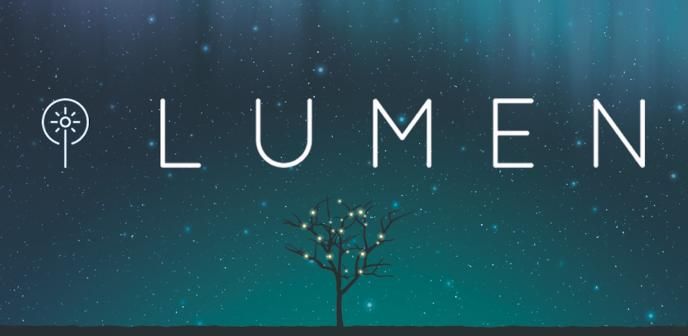

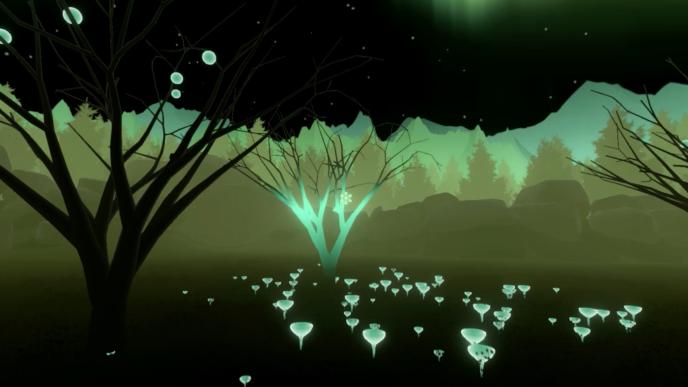
Procedural Generation
The tree growth was coded through procedural generation in the Unity game engine, using a data algorithm to create unique patterns and shapes for each experience. Under the participant’s gaze the trees continue to grow and sprout new fruit, ultimately transcending into space to make room for the new.
The audio track is also procedurally sequenced, based on the mood defined by each color theme. The binaural stereo background music and sound effects are located in space and also change with the speed and movements of the user’s head. LUMEN’s same visual coding which applies nature’s principles of repetition, symmetry and spacing, also translate to the formation of its’ music.
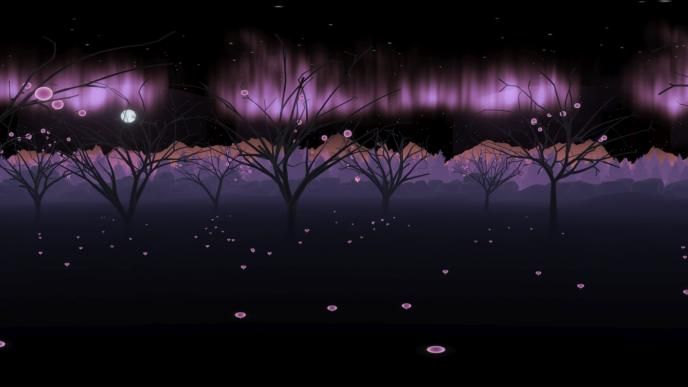
Procedural generation was the perfect process for LUMEN's creative concept of meditation and rejuvenation. Just by the way you interact with the world you can make your own version of the experience, and every experience is unique.

Headset Gaze Tracking
The experience begins in a mystical clearing surrounded by mountains and a night’s sky aurora display. Users navigate their experience through gaze tracking, a VR technique which measures the direction of one’s headset device. The viewer’s gaze, represented by the sacred geometric shape the Metatron Cube, works as the cursor for the experience and simulates tree growth in an interactive bioluminescent forest by holding focus on tree limbs and new fruit.
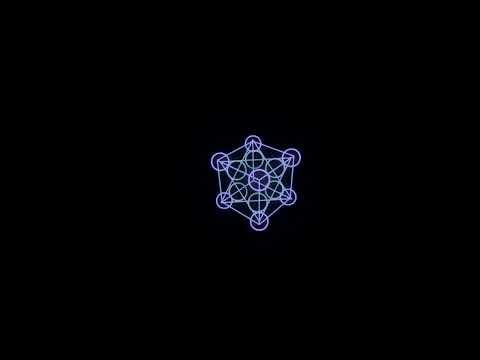
We wanted to reward the user for allowing their focus to put them into a meditative state. Wherever you put your attention something positive happens to the world around you. The cyclical aspect of existence is in there, from birth to regeneration.
Sound and Colour
Framestore worked with Walter Greenleaf PhD of Stanford's Virtual Human Interaction Lab to learn about the science behind color hoping to find some concrete conclusions. But instead, he opened our minds to the fact that it's not just as simple as popping up a color and expecting the user to calm down. Reality is much more nuanced than that of course. There are considerations that influence how people perceive color, like cultural backgrounds for example that will taint their perception.
We had to come up with ways to generate color combinations that resonated with our testers as relaxing, using concepts that are similar to how you would compose a piece of music. We picked frequencies on the color wheel with harmonic intervals, so when you look at them they 'sound' visually like a major chord, everything fits and there's no dissonance. And when we change colors, we're actually moving through hue space, as opposed to turning the primary colors up and down. It's a subtle effect, but we feel it really works well. Traveling in hue space is very pleasant.
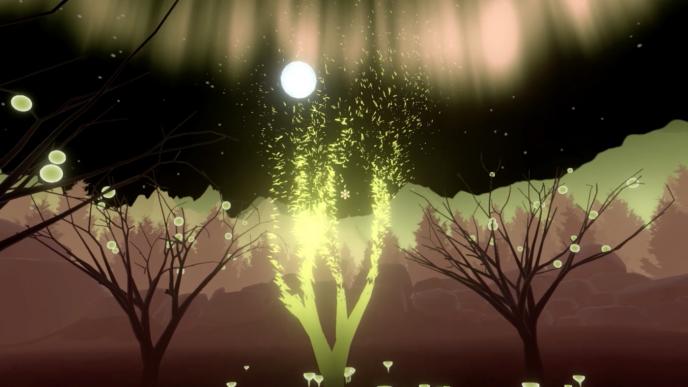

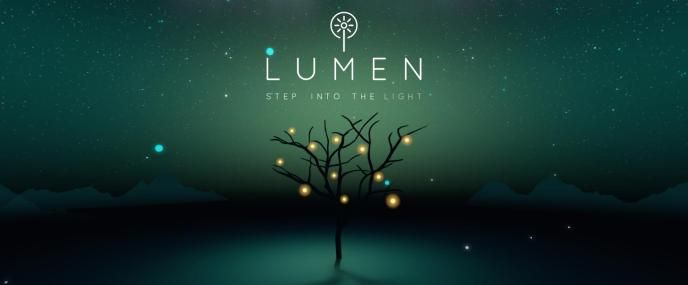
Press
A look at Time Inc.'s new Life VR app - Digiday
Time launches new, expansive VR program - The Verge
This Interactive Virtual Reality Experience Relaxes You in Minutes - Time
Time Inc. Launches LIFE VR Platform - VR Scout
Time Inc. Revives Life With New Virtual Reality Project - The Wrap
Iconic LIFE Brand Makes Leap Into Virtual Reality - UploadVR
Behind Time Inc's 'valuable' VR tool for mental health and wellness - The Drum
5 Ways VR Will Disrupt Our Health in the Future - MDDI
5 emerging tech trends at SXSW that will shape 2018 - Campaign
Husain's VR diary – Finding peace in another reality - Wareable
